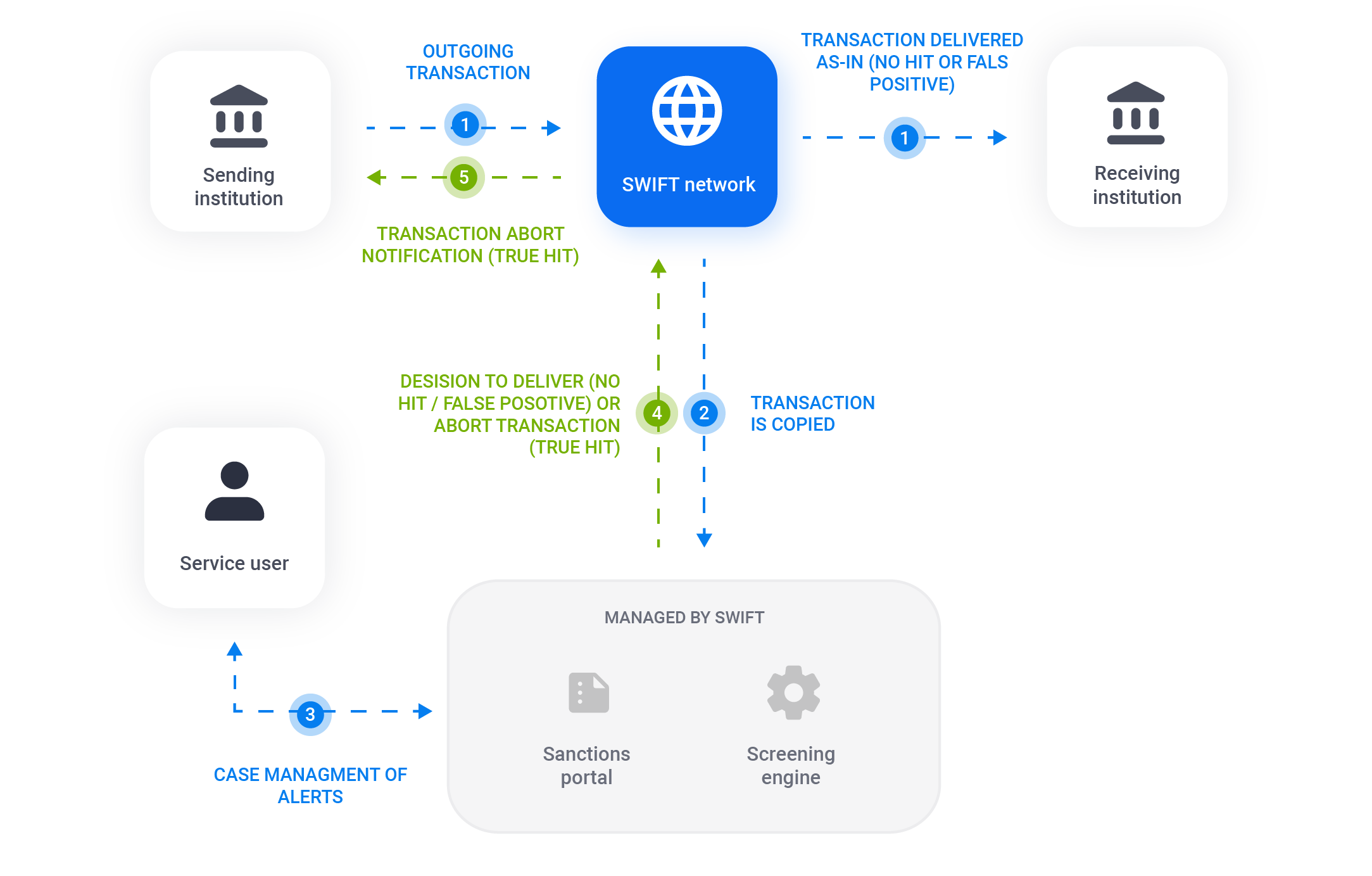When we hear someone mentioning the word SWIFT or SEPA, we usually think about banks or something linked to the financial world. But do we know exactly what it means?
SWIFT is an acronym that stands for the Society for Worldwide Interbank Financial Telecommunication and therefore it’s mentioned a lot when we are making transactions.
Society for Worldwide Interbank Financial Telecommunication is an organization that was established in 1973 in Brussels for placing standards for financial transactions.
What exactly is the SWIFT network?
SWIFT was the obvious answer for banks in a time where they needed a consistent and universal way to transfer funds between countries. It’s a secured network and it allows 212 different countries to exchange information about financial transactions.
Before the SWIFT network, banks and other financial institutions relied on TELEX to make money transfers. It was slow, and not secure enough, since at that time the technology wasn’t progressing that quickly. Teleprinter exchange (TELEX) was at first, a great way to transfer data generated during WWII but was then soon adopted by financial institutions for international communication.
TELEX transfers were used by banks so they could move money between accounts with telegraphed messages. That meant that if you wanted to send some money to a friend, you, first, had to visit your home bank where you provided data about the recipient and the amount you would like to send. An operator would then send a message through a Morse code to the bank of the recipient. This system was actually a progression from the previous one, where cash and banknotes had to be brought from one place to another physically.
In the 70s, when TELEX had gotten old and slow, the system started evolving, also because of the desire to eliminate paper from the payment process. That’s why in 1973, after a lot of talking and studying, a group of banks developed SWIFT as an alternative to Telex.
When SWIFT went live in the next three years, more than 500 institutions from 22 countries were connected.
Where is SWIFT used?
Banks make up the majority of SWIFT members, but other businesses like money brokers and security broker-dealers, use it as well, among others. SWIFT is very useful because it can be used for making transfers between different currencies. There is only a small percentage of the world’s banks and financial institutions that don’t use SWIFT. The transfer requires the receiver’s details, which are: bank account number, banks address, and the SWIFT code. The money is usually transferred within 3 working days and it incurs a certain charge, used for currency conversion. It is paid by either party and it’s more expensive than a SEPA transfer.
How does it work?

How about a SEPA transfer? Is that the same?
Not exactly. SEPA (Single Euro Payments Area) is the type of payment transfer that makes it possible for people and organizations to make EUR transfers all around Europe with the same benefits as if they were doing the transfer in their own country. All countries that took part in the SEPA payment integration embraced the idea to harmonize electronic euro payments and give their consumers simplicity and cost-effectiveness. It doesn’t require a bank code, account number, address of the beneficiary, or of the receiving bank. If you need to provide any of that information, you are most likely making a SWIFT payment.
Conclusion
It is to be noted that SEPA payments can only be made within the SEPA area, while SWIFT payments can be done internationally. SEPA covers the whole of the EU and some other countries and territories such as Andorra, Iceland, Norway, Switzerland, Liechtenstein, Monaco, San Marino, United Kingdom, Vatican City State, Mayotte, Saint-Pierre-et Miquelon, Guernsey, Jersey, and Isle of Man.
SEPA can only be transferred in euro currency, while SWIFT transfers are also executed in many other currencies, like USD and others. SEPA transactions are also very quick and its transfers take less than one business day after being processed. The rapid growth of SCT Inst and SEPA Instant Payment, now allows SEPA transfers to get processed surprisingly fast - it only takes 10 seconds!
The goal of SEPA and SWIFT is still the same, even if there is a lot of differences between them, and that is:
‘to provide seamless, secure, and reliable money transfers to organizations and individuals and to improve the integrity of the system of payments which is increasing in dynamics.’